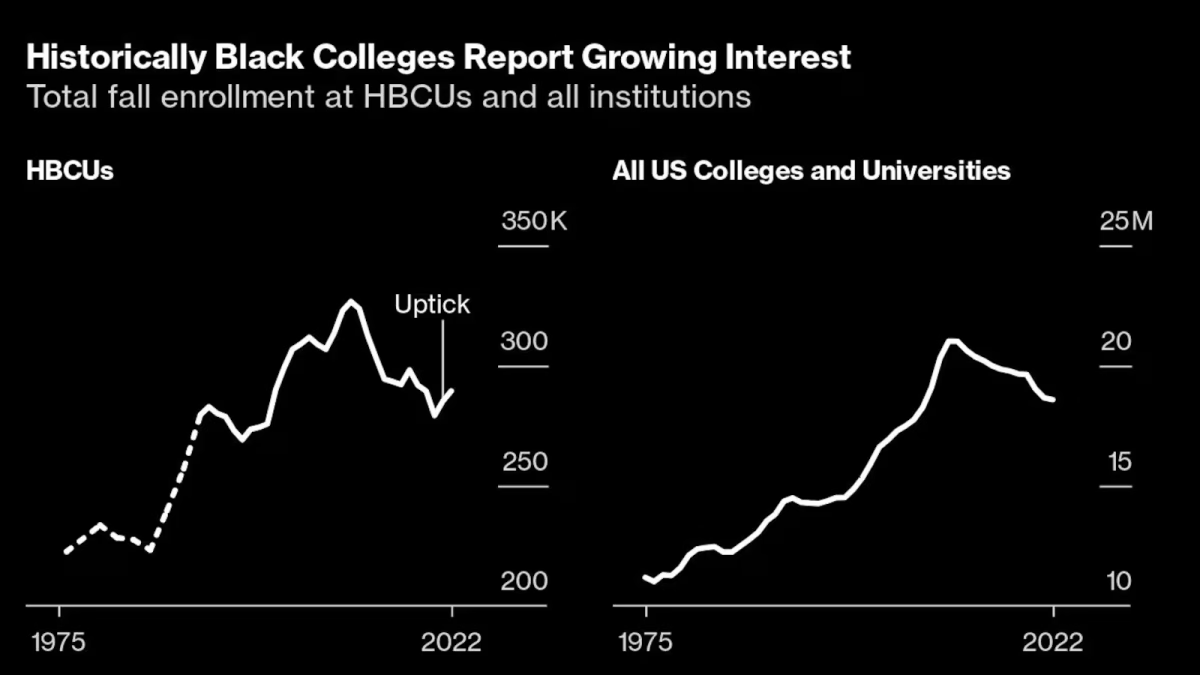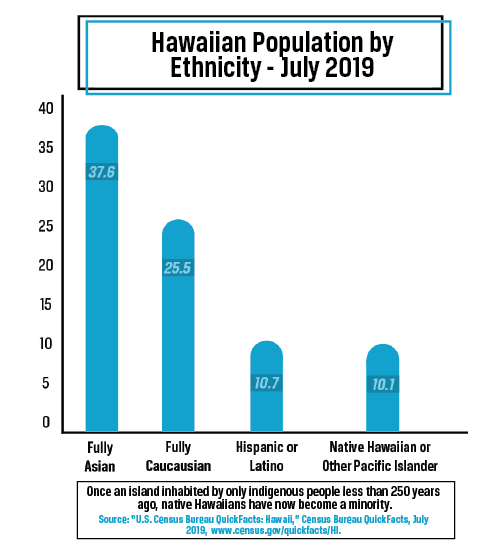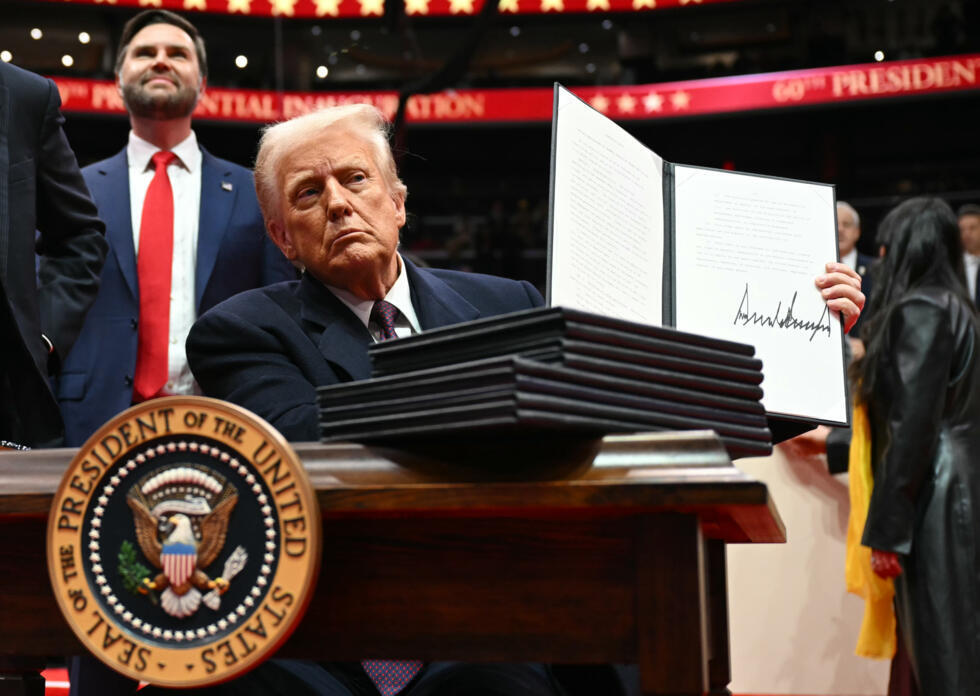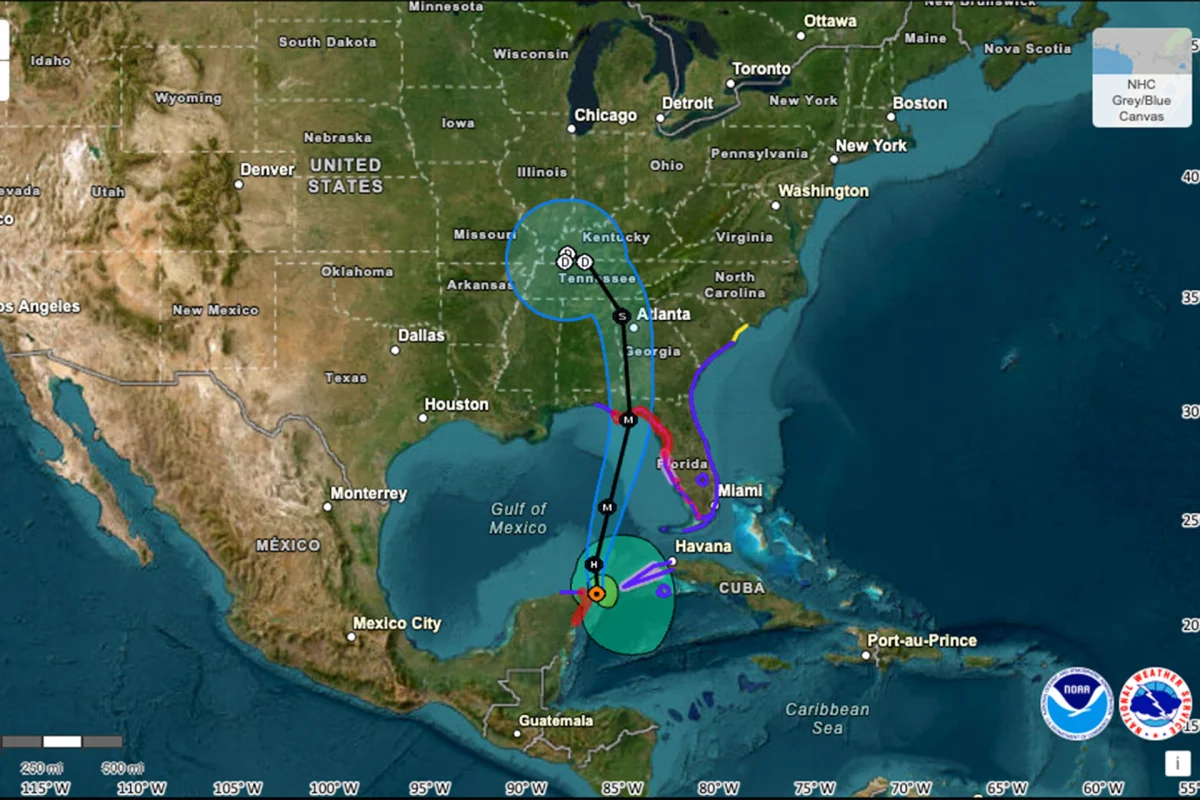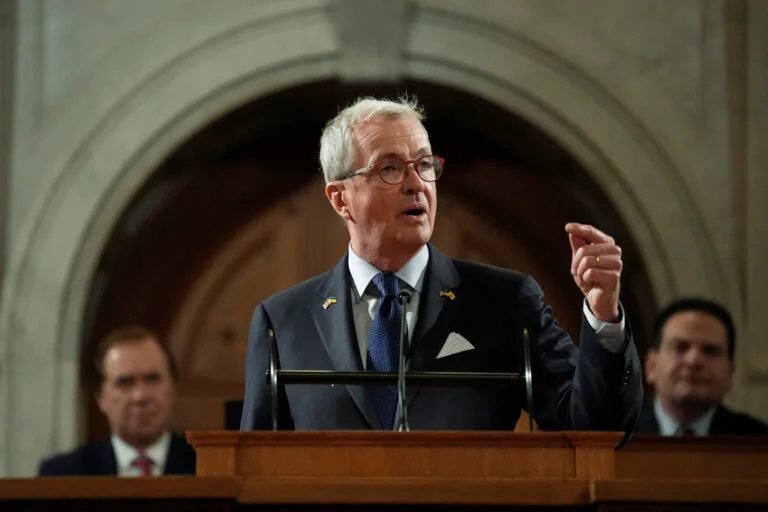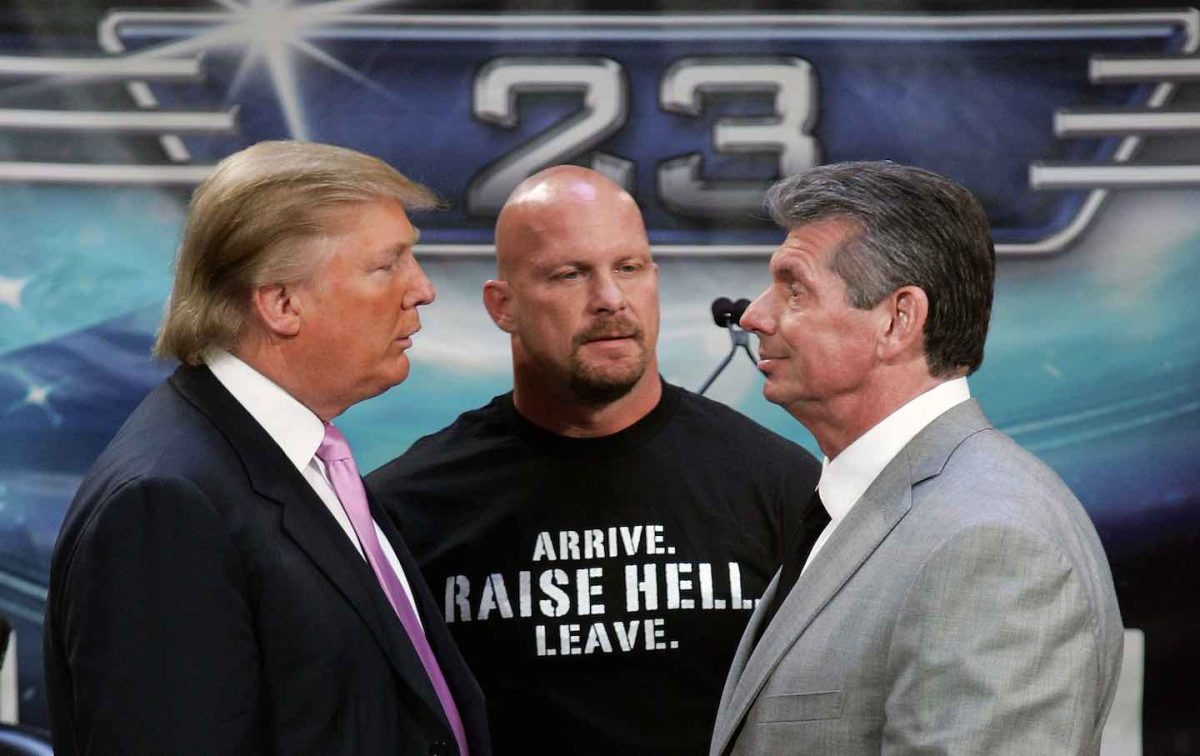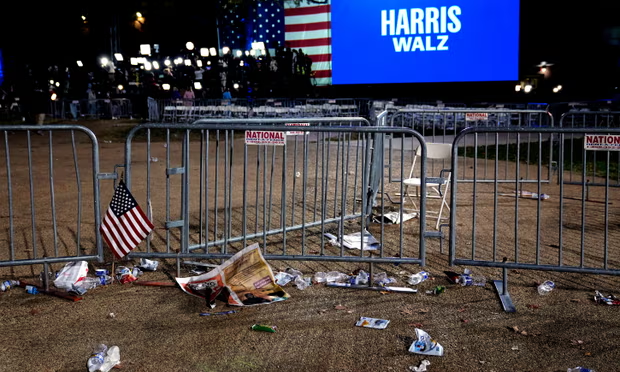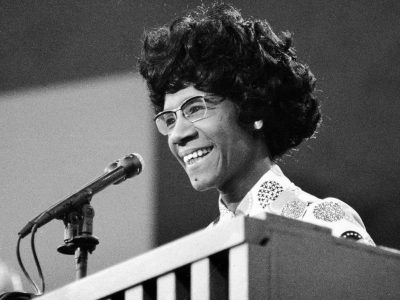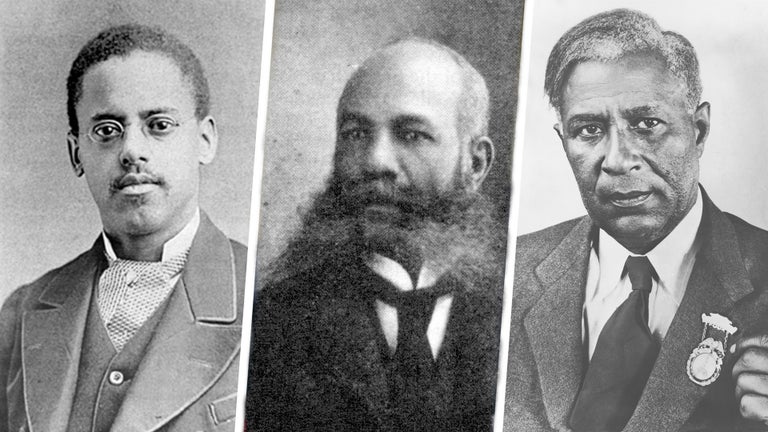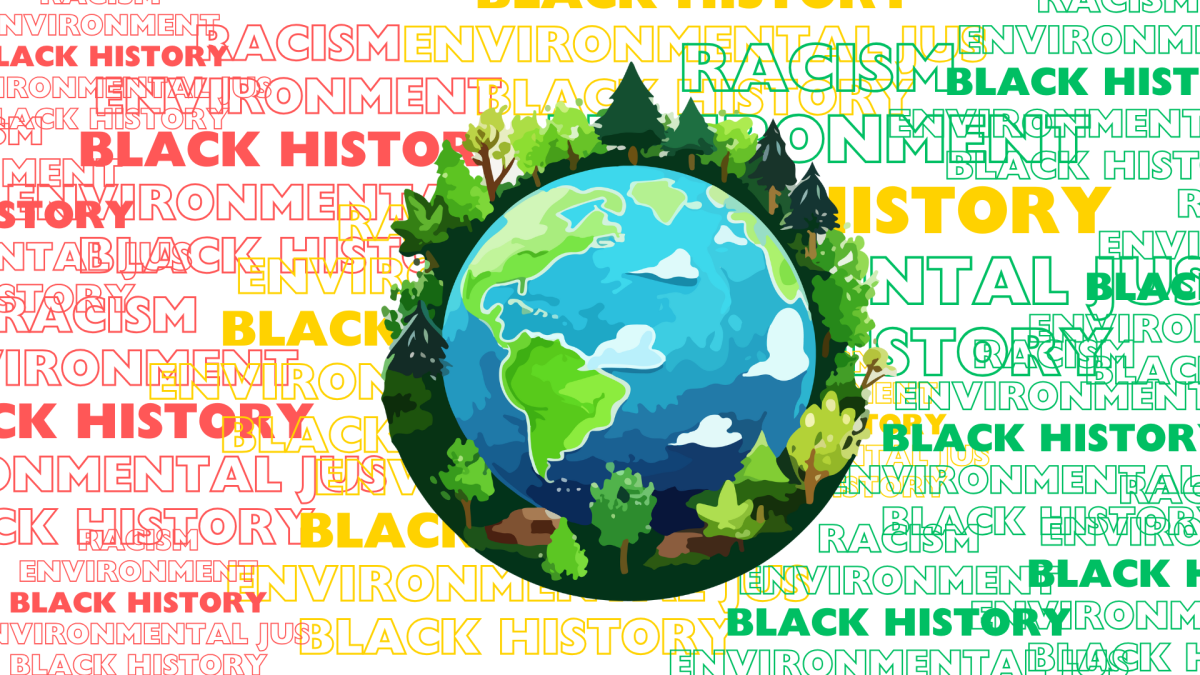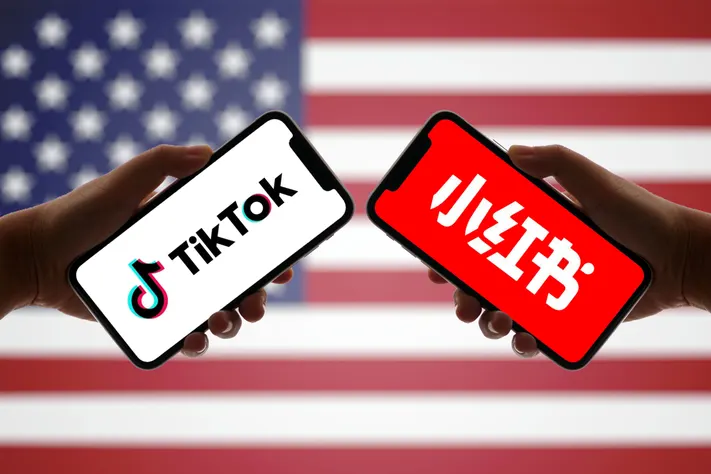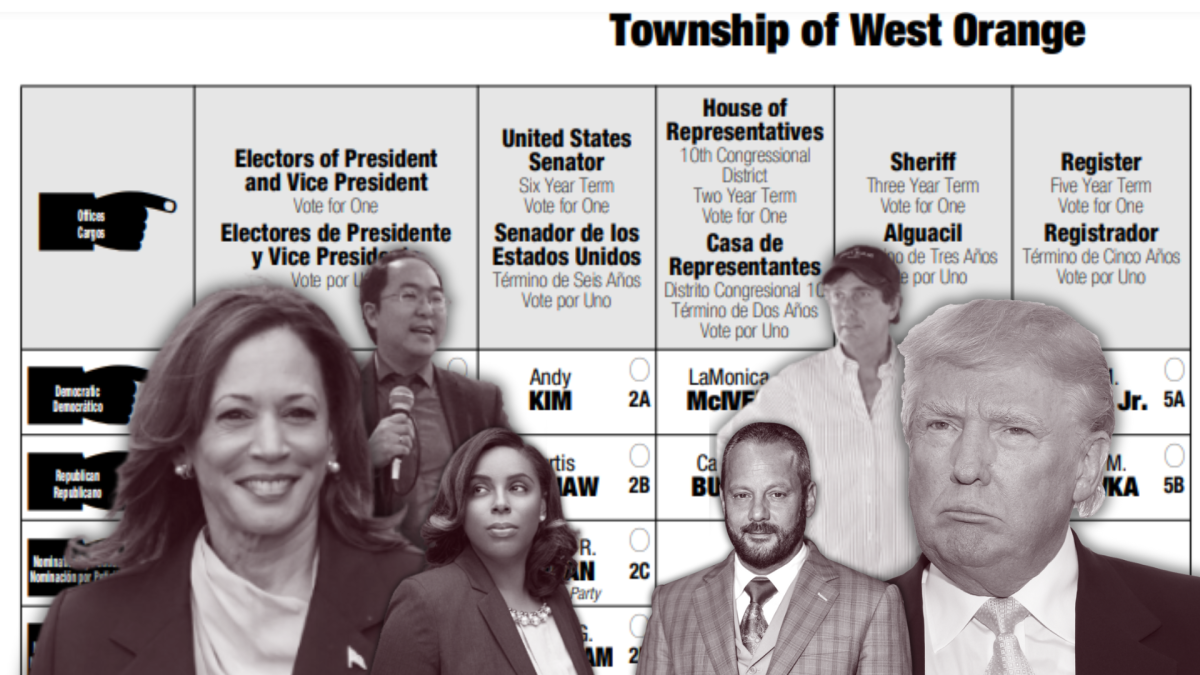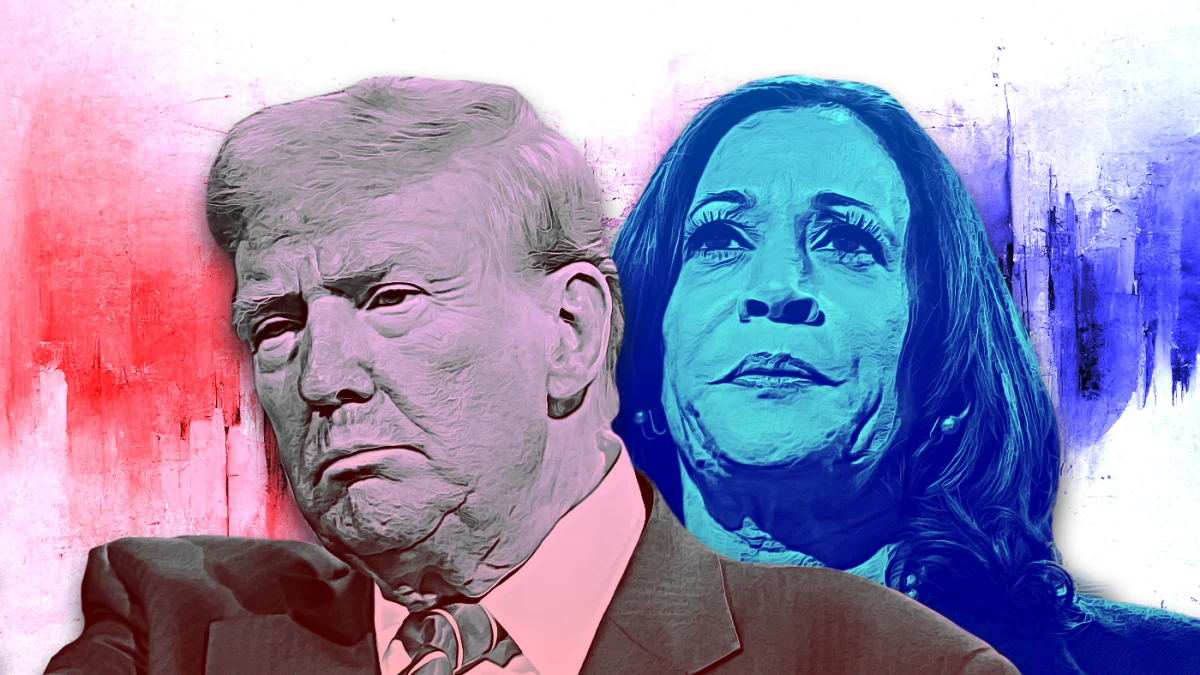What to Expect: The Environment Under the Trump Administration
Trump’s plans, their impacts, and what we might see in his second term.
Violet Kohlenstein
In January of 2021 the Trump Administration released a final report on the administration’s environmental accomplishments during Trump’s first term. While the report described Trump as offering a “balanced approach to improving our environment while also promoting economic and job growth,” which stimulated “real results” that “support a cleaner environment, advance conservation and environmental stewardship, improve air and water quality, and strengthen our Nation’s infrastructure,” the administration rolled back an unprecedented amount of climate policies including those regulating clean air, water, and energy use between 2017 and 2021.
According to the New York Times, Trump managed to reverse a total of 98 climate policies and an additional 14 reversals were “in progress” by the end of his first term. With wildfires ravaging the west and 2024 becoming the first year to pass the 1.5oC (above pre-industrial levels) threshold for average global temperature, the climate is among a top concern for Americans, and global climate activists alike. After the inauguration this past week and Trump already launching into action, what should Americans expect from this next Trump term?
Looking Back: What did the environment look like during Trump’s first term?
To understand what the Trump administration might try to accomplish (or rollback) in the upcoming term we first need to look at the trends of climate actions the first administration took. During this time Trump’s agenda was notably very business-centric, much of his policy was “deregulatory” and focussed on finances and federal budgeting. While Trump made nearly 100 policy reversals during his first term, there are a few that stand out.
Trump promised to withdraw the United States from the Paris Agreement in 2017. The Paris Agreement is a legally binding international treaty first adopted at a UN climate conference in 2015 where 196 countries pledged to reduce their greenhouse gas emissions. The treaty urges wealthier nations to provide financial support to other nations to help them meet their own climate goals. It also requires nations to submit climate action plans with the goal of limiting global temperature to the 1.5°C level.
In 2017 experts worried that withdrawing would isolate the US from global climate conversations and could decrease other supporting countries’ willingness to continue climbing toward climate goals. These fears have been heightened after Trump officially withdrew the United States from the Paris Climate Agreement on the evening of his inauguration, making the US among just three other nations to do so; Iran, Libya and Yemen who had existed previously. Being a major economic power and a primary contributor to the formation of the agreement in the first place, US withdrawal eliminates American financial contributions- lowering the standard for other member countries.
Trump relaxed or repealed many requirements for monitoring toxic air polluters and greenhouse gases (especially methane). In 2020 Trump removed standards that required fossil fuel drilling companies from detecting and fixing methane leaks. The E.P.A estimated at the time that the decision would result in $100 million in additional profits, a welcome change for fuel companies that experienced a severe downturn in profits during the pandemic. Of course, as such companies reap the benefits of relaxed rules 850,000 tons of methane would enter the atmosphere. While this number is shocking it is just an estimate- one that grew significantly after a 2018 study found that 13 million tons of methane had been leaked annually.
According to the E.P.A. Methane is the second most abundant greenhouse gas and is 28 times “better” at trapping heat in the atmosphere. The US is one of the top producers of methane which primarily comes from gas and oil extraction. A report from the Environmental Defense Fund found that “improperly operating equipment or other abnormal site-level conditions…were important contributors to overall [methane] emissions.”
The Trump administration also relaxed air pollution standards for major industrial sources. Under the Clean Air Act the EPA is responsible for regulating the emissions from “Major Source” polluters meaning that large companies are held responsible for investing in technology that would reduce emissions. The Trump administration changed the policy to allow “Major Source” polluters to reclassify as “Area Sources” (companies that emit below a certain threshold), relieving them of the requirement to continue to use the best pollution-reduction technologies even if they had reduced emissions below the required level.
Overall, Trump’s early policies focused on invigorating coal company success and employment as he promised during his 2016 campaign.
The Trump Administration changed climate goals for the United States, and limited climate protections for land, air, and water. Signed by President Obama in 2015, Executive Order 13693, created a goal of reducing greenhouse emissions by 40% over the course of 10 years. The Executive Order enlisted the help of federal agencies who would be required to develop plans to accomplish this goal. Trump issued a new Executive Order which effectively repealed the earlier policy.
Trump also changed the way clean air policies under the National Ambient Air Quality Standards are reviewed by increasing the number of members on key advisory committees that were pro-industry and anti-regulatory along with placing a limit on the amount of scientific research that could be formally considered while reviewing such standards.
Additional actions by his administration targeted issues such as environmental impact statement requirements, usage of public land for fossil fuel extraction, and many others. Many of these regulations were challenged legally.
What can we expect from his second term?
In his Inauguration speech on Monday, Trump announced that he would “declare a national energy emergency,” locking in his commitment to fossil fuels with his solution, “drill, baby, drill.” Trump promised in his address to embrace the US’ natural oil and gas resources and transform the country into “a manufacturing nation once again.” He also vowed to “end the Green New Deal, and…revoke the electric vehicle mandate.” Besides these immediate actions, experts expect a lot more from Trump in the realm of deregulations and rollbacks, especially with him planning a more aggressive 10-1 approach to abolishing policies (10 policies abolished for every new one instated), a step up from his 2-1 strategy in his first term.
Who’s on Trump’s side?
Currently, Republicans hold a 53-seat majority in the Senate, boosting GOP power and leverage for appointing conservative judges on the federal and supreme court level. This would bolster the president’s efforts to block and repeal many pieces of climate legislation. Besides judicially, Trump also gains leverage through his cabinet selections. Trump has appointed former congressman Lee Zeldin as Administrator of the Environmental Protection Agency. While Zeldin confirmed his belief “that climate change is real,” when asked at his cabinet confirmation hearing, he took a largely economic stance on climate, later stating, “We must ensure we are protecting the environment while also protecting our economy.”
Zeldin sided against the ban on fracking in New York State in 2022 while campaigning for governor, and often voted against climate legislation in Congress. He once voted to cut the EPA budget by $2 billion causing some to worry about Zeldin’s allegiances including Senator Ed Markey who questioned Zeldin during the hearing stating, “The threat of climate change hasn’t gone away since you said that in 2016,” Markey noted, referring to a statement Zeldin had made previously on the importance of exploring non-fossil fuel alternatives, “I’m just worried now your change of tone is politics and not the science,” he said.
Chris Wright was appointed to Trump’s cabinet as the Secretary of Energy. Wright has no prior government experience, he does, however, have a long history in the energy industry. Wright founded and served as the CEO of Pinnacle Technologies, a fracking company that helped to boost shale gas as a mainstream production method. Wright also stated in a video on his Linkedin account that “there is no climate crisis,” he continues by saying there “is no such thing as ‘clean energy’ or ‘dirty energy’”.
Wright was said to have donated $200,000 to the Trump campaign this election cycle and has been supported by Oil magnate, Harold Hamm, and other fossil fuel lobbyists like Mike Sommers, president of the American Petroleum Institute. Hamm, like Wright, had also donated a significant sum to the Trump campaign. His donation of $1 billion, signifying a link between Trump’s energy agenda and his top industry supporters.
Wright and Zeldin are suspected to aid Trump in his goal to rollback many of Biden’s fuel regulations and clean energy initiatives.
Natural Resources- to be used or to be protected?
In an executive order released on his first day back in office Trump ordered that “The State of Alaska [which] holds an abundant and largely untapped supply of natural resources including, among others, energy, mineral, timber, and seafood” should be “unleashed,” in order “to enhance our Nation’s economic and national security for generations to come.” The executive order includes “the permitting of all necessary pipeline and export infrastructure related to the Alaska LNG Project,” and the creation of new permits “necessary for the exploration, development, and production of oil and gas from leases within the Arctic National Wildlife Refuge.” Leases for extraction in this area had previously been cancelled.
The Alaska LNG Pipeline would have direct effects on the health of permafrost, wetlands, habitats, and native animal populations across Alaska. Advocates also worry that melting permafrost would decrease the pipeline’s integrity and increase likelihood of spillage.
Trump also officially declared an energy emergency, stating in another executive order, that “the United States has the potential to use its unrealized energy resources domestically, and to sell to international allies and partners a reliable, diversified, and affordable supply of energy….[to] create jobs and economic prosperity for Americans forgotten in the present economy.”
While doubling down on fossil fuels Trump released an executive order which pauses the development of wind energy projects, prohibiting new permits and loans for development for on and offshore federal areas.
Wildfires, misinformation, and promises
In another executive order, among the slew signed on his first day, Trump plans to, “route more water from the Sacramento-San Joaquin Delta to other parts of the state for use by the people there who desperately need a reliable water supply…the recent deadly and historically destructive wildfires in Southern California underscore why the State of California needs a reliable water supply and sound vegetation management practices,” the order states.
Trump mentions that during his first term the governor of California had sued his administration’s plan that “would have allowed enormous amounts of water to flow from the snow melt and rainwater in rivers in Northern California to beneficial use in the Central Valley and Southern California.” The order says that the water today “flows wastefully into the Pacific Ocean” instead. While it is true that Governor Gavin Newsom sued in an effort to protect critically endangered fish species in the Sacramento-San Joaquin Delta, the water system in California is much more complex than Trump’s simplification.
Firstly, smelt (the species of fish Newsom wanted to protect) is a federally recognized endangered species which requires protection. Smelt populations have been critically impacted by redirecting water from northern supplies and efforts to preserve their numbers have tried to stop rerouting of this supply. Additionally, Southern California doesn’t actually receive water from the same supply. Instead a large portion of its water comes from the Colorado River. Water supply experts say that the water shortage in fire hydrants experienced during the recent wildfires were a result of the immense and rapid demand for water, not necessarily the amount of water available in the system. Despite the incorrect claim that smelt conservation led to fire hydrants running dry, Trump has threatened to withhold aid to Southern California if their water management system is not changed.
Though Trump began his second term in office with aggressive action and lofty promises, championing fossil fuels and posing major setbacks to US and world sustainability measures, many of his executive orders and claims are suspected to be met with legal pushback and trouble as they approach the stage of congressional approval. State legislatures still have an opportunity to challenge. During his first term, for example, California alone managed to win in over half of the 70 lawsuits they initiated against Trump’s environmental policies.
Even so, with a Republican majority in Congress Trump will have support on Capitol Hill, perhaps making it only a matter of time before Americans see this sweeping action come to reality. For now, all eyes are on Trump.


